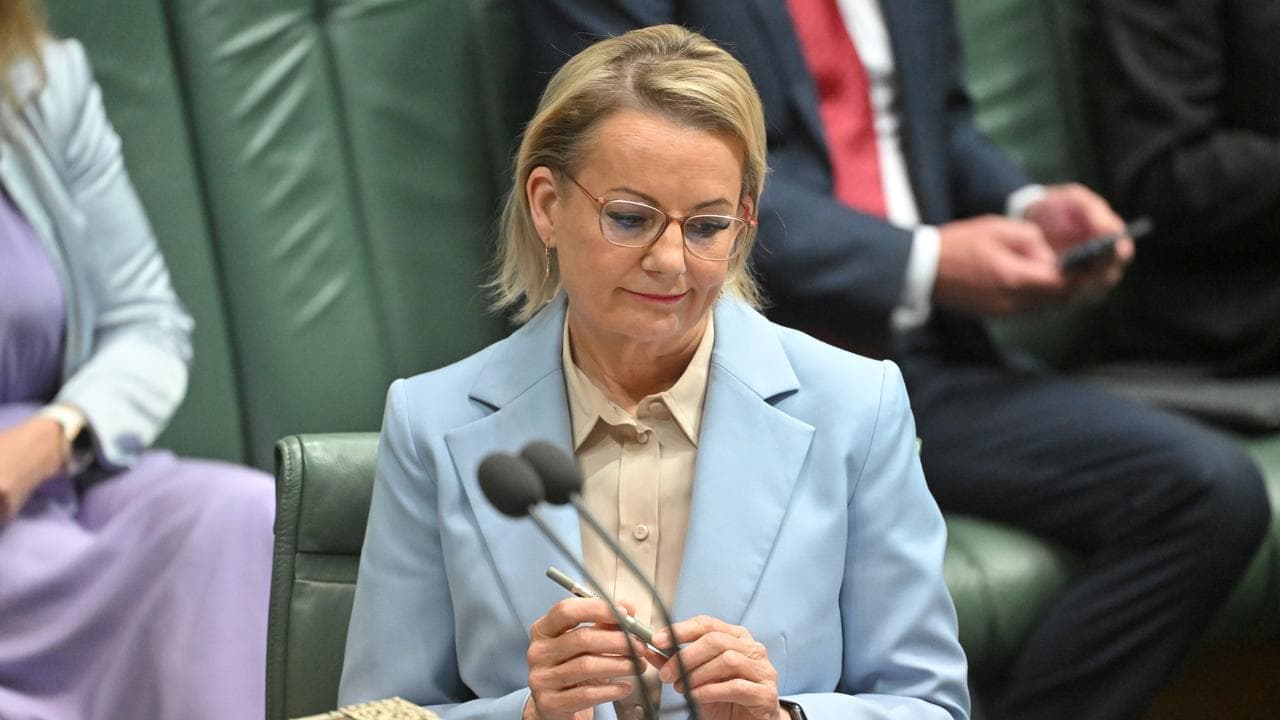WHAT WAS CLAIMED
The CSIRO has admitted that coal is the cheapest form of electricity.
OUR VERDICT
Misleading. It found that coal and renewables have roughly the same midpoint cost in 2024, and the latter is projected to be the cheapest in 2030.
AAP FACTCHECK - A Nationals senator's claim that Australia's public science organisation has admitted that coal is the cheapest form of electricity is misleading.
The CSIRO's report found that new coal and renewables projects, with firming, had roughly the same price midpoint in 2024, and it projected renewables would be significantly cheaper in 2030.
Experts also say basing the claim on the 2024 figures is unrealistic because new power plants take years to construct and new projects will not be built at those prices.
Senator Matt Canavan made the claim in a a Facebook post featuring an image of a bar chart showing the "Levelised cost of electricity" for various power generation technologies for 2024.

"BREAKING: The CSIRO has finally admitted that coal is the cheapest form of electricity," he wrote.
"And this is even after they bias almost all of their assumptions against coal and in favour of wind and solar!"
When contacted for evidence supporting his claim, Senator Canavan's office pointed AAP FactCheck to an opinion piece published in Central Queensland Today, which he posted on Facebook.

The chart, from the CSIRO's latest GenCost report, estimates the levelised cost of electricity (LCOE) for various generation technologies.
It presents a price range that a new power plant may need to charge per megawatt hour of electricity to cover its construction and operation and turn a commercial profit.
These are not the prices that consumers pay today or the costs faced by existing electricity generators (Page 121).
Senator Canavan's claim is misleading in two ways.
Firstly, he has used the lowest end of the price range rather than using the midpoint, which experts say is the most reasonable measure for comparison.
The GenCost report shows that the midpoints of the levelised cost ranges for renewables and for coal were roughly the same in 2024.

Black coal prices range from $111 to $178 per megawatt-hour (MW/h), while solar PV and wind cost $120 to $168 MW/h (p96).
Black coal's low end of $111 MW/h for 2024 is below that of renewables at $120 MW/h; however, the upper end of the price range is $10 MW/h higher for coal.
Crucially, the midpoints for both are roughly the same at $144.5 MW/h for coal and $144 MW/h for renewables with firming, which includes additional costs like transmission and storage such as batteries (p96).
The report's author, Paul Graham, said that as the cost ranges for various technologies often overlap, the midpoints provide the most reasonable basis for comparison.
He said there was no reason to compare only the lowest end or the highest end of the ranges.
That means the midpoint is "all you've got left" to compare technologies, Mr Graham explained.

Roger Dargaville, an energy researcher at Monash University, said that the 2024 data shows the midpoint for black coal without carbon capture is "more or less on par" with renewables.
Only comparing 2024 cost ranges is unrealistic because new power plants cannot be built that quickly, experts added.
In a chart alongside 2024 figures in the report were estimates showing renewables will be the cheapest form of new generation in 2030.
However, the senator's post only displayed the part of the chart with the 2024 data without the 2030 figures.
"GenCost finds that renewables are least cost at both the lower end of the range and at the midpoint in 2030," a CSIRO spokesperson told AAP FactCheck.
The report confirms that "renewables remain the lowest-cost new-build electricity generation technology," a CSIRO statement said.
Tom Longden, an energy systems expert from the University of Western Sydney, said the 2030 cost projections are the most realistic for new generation projects.
"[It's] important to take into account not just construction … but also the approvals lead time," Dr Longden told AAP FactCheck.
"A project like that will take time, even just finding the financing and everything else."

For 2030, the report estimated the levelised cost for new coal projects would be $103-$174 MW/h, with a midpoint of $138.50 MW/h.
Meanwhile, renewables ranged from $76 to $116 MW/h, with a midpoint of $96 MW/h, making it significantly cheaper than coal.
"[The] cost range for variable renewables (solar PV and wind) with integration costs is the lowest of all new-build technologies in 2030 and at a similar range with black coal in 2024," the GenCost report says (p75).
The report explained that the levelised cost measure doesn't provide a realistic evaluation of the operational costs and performance of a power plant.
Instead, it's intended as a "simple screening tool" for assessing "relative competitiveness" of technologies (p68). Bruce Mountain, an energy economist at Victoria University, said the levelised cost of electricity is a "highly stylised and simplified" metric that is just "one measure of cost".
"It should not be thought of as more than one contextual perspective in understanding the economics of different generating technologies," Professor Mountain told AAP FactCheck.
AAP FactCheck is an accredited member of the International Fact-Checking Network. To keep up with our latest fact checks, follow us on Facebook, Instagram, Threads, X, BlueSky, TikTok and YouTube.












